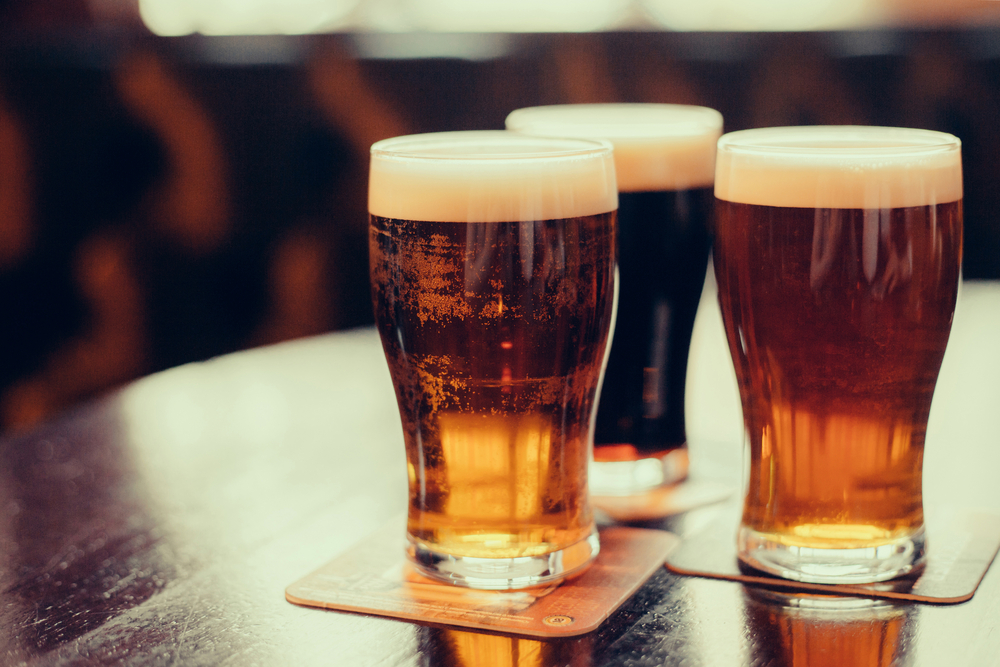
Underage Drinking by The Numbers
Underage drinking is a big health and social problem in the United States. According to the Centers for Disease Control and Prevention, the most commonly used substance by American youth is alcohol. Underage drinking, in simple terms, is drinking of alcoholic beverages by persons under the age of 21.
Read on to know more about the impact of underage drinking on the youth and the legal issues surrounding this concern, in numbers.
Status of Underage Drinking in the United States
Surveys taken over the last decade paint an unfortunate picture. In 2010, almost 200,000 emergency room visits were made by persons under age 21 for alcohol-related injuries and conditions. Even worse, more than 4,300 deaths among underage youth are caused by excessive drinking each year.
The population of underage drinkers is surprisingly large. Teens from 12 to 20 years old consume 11% of all alcohol drank in the country. A 2015 Youth Risk Behavior Survey found that 33% of high school students drank some amount of alcohol, within the past 30 days from the day of the survey.
There are many problems that result from underage drinking. First, of course, is the occurrence of physical ailments like hangovers or diseases, as well as a higher risk for injuries, assault, car crashes, falls, drowning, and other injuries. Alcohol poisoning is a serious condition that can be fatal.
Drinking alcohol during the developmental age also results to school problems, social problems, higher risk for suicide and aggression, and memory problems. They are at risk of becoming alcohol-dependent when they grow older.
Finally, underage drinking is related to youth being more likely to experience legal problems. They can be arrested for drunk driving, assaulting or hurting someone while inebriated, property damage, and other damages related to a lack of control.
Underage Drinking and the Law
Different states can have their own statutes and regulations when it comes to underage drinking and access to alcohol.
For example, underage possession of alcohol is generally prohibited. However, there are exceptions outlined in the statutes of California. These exceptions include conditions such as a private location, parent/guardian or spouse. In New York, the only exception is the presence of a parent/guardian.
Consumption can be strictly or not explicitly prohibited. For example, consumption of alcohol by minors is not explicitly prohibited in New York. Minors in Texas can consume an alcoholic drink when in the visible presence of their parent/guardian or spouse. On the other hand, consumption is prohibited with no exceptions in the state of Utah.
Underage purchase and underage possession can lead to the suspension, revocation, or denial of a minor’s driver’s license.
There are criminal offenses related to underage drinking. Suppliers and retailers of false identification for obtaining alcohol face a criminal offense. Likewise, minors who use a false ID card to obtain alcohol can be charged with a criminal offense. They can also face suspension of driver’s license.
Underage drinking can have profound and lasting effects on a minor’s life. Preventing irresponsible behavior is one way to lessen the problem. Handling any damages and injuries promptly and safely is another priority. When it comes to legal problems, contact a trusted attorney for advice.
Written by Bandre, Hunt and Snider in Jefferson City, MO. Bandre, Hunt and Snider are the best attorneys Jefferson City MO have to offer.
